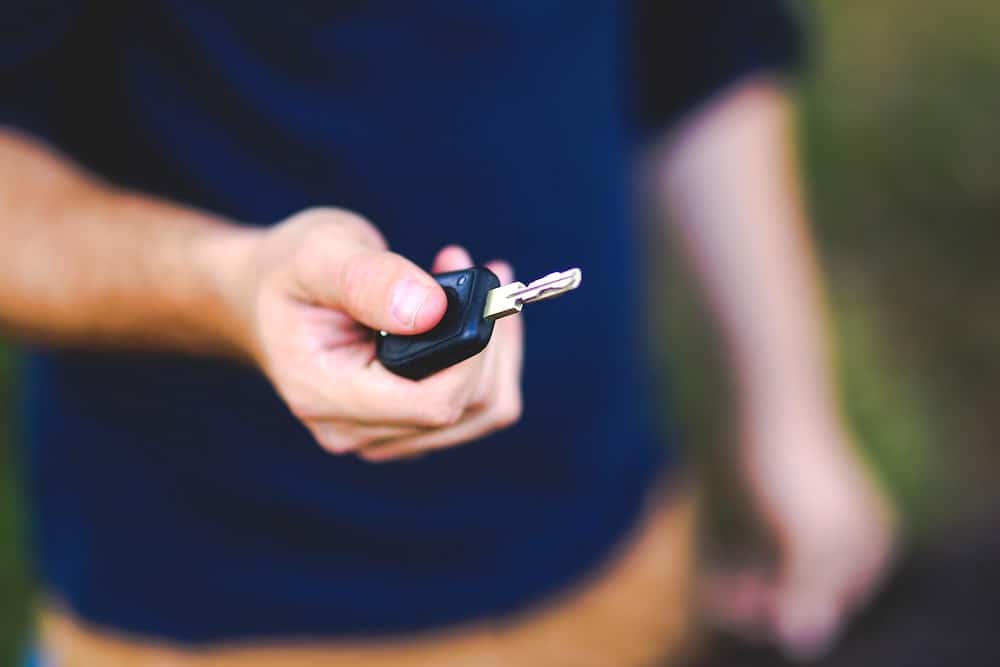Failing the driving test is frustrating. You had high expectations at first, but a few minutes later your dreams were gone. The objective of this article is helping you through identifying the most common driving test fails so you can avoid them and success with ease.
Kind of Driving test fails: Not all faults are created equal
The driving test process is a subjective one. Depends on the jurisdiction, country laws, and the examiner’s training, and perspective. In most countries, dangerous and severe faults are synonyms of a failed driving test. The amount of allowed minor faults is highly dependant on your jurisdiction, but in most cases, less than 10 minor faults are acceptable. However, in general term, driving test fails can be grouped as follows:
- Dangerous faults: As the name implies, this kind of fault involves danger to the driver, the passengers, pedestrians, other drivers, or public property. A common dangerous fault is a collision.
- Severe faults: Includes driving test faults that put you, the examiner, pedestrians, other drivers, or public property in potential danger: The actual risk of collision, passing a red light, not being aware of pedestrians crossing the road, abrupt stops, are some examples of this kind of fault.
- Minor driving faults: These type of fault doesn’t involve a direct danger, but if they accumulate can be considered as severe faults. Keep in mind that some driving test faults like not using the seat belt can be considered as a minor fault on some regions but severe in others. The same happens if you drive speeding in residential areas, don’t use turning lights, etc.
In order to help you pass the driving test, we summarized the most common driving test fails to range from minor to dangerous. Read on:
1. Lack of confidence
The most underrated driving test mistake is showing a total lack of confidence during the exam. The examiner will notice it and will mark it as a minor fault.
2. Stalling the car
Even when in most cases is considered a minor fault, stalling the car can be a problem if it happens several times during the exam.
3. Not applying the handbrake
During the test, you will be asked to park the car. A common mistake is not applying the handbrake once the car is stopped. It’s a minor fault that can be easily avoided if you show concentration during the test.
4. Not checking mirrors regularly
Another common driving test fail is the failure to understand the importance of checking mirrors regularly. Examiners pay close attention to everything you do, it’s part of their training. They will notice if you check the mirrors extremely often, as well as if you simply don’t check them at all. Solution? Take note of how often experimented drivers check the mirrors and then add a little more.
5. Not using turn signals is most common driving test fail
Failing on this point is in the limit of being considered a severe fault. Turning signals are important to let other drivers know what you plan to do. Practice a lot until using turning signals becomes an automatic reaction of yours.
6. Lack of steering control
Depending on the level of control over the steering wheel this can be considered a minor or a severe fault. It’s assumed by the examiner that if you are taking a test is because your driving skills are at least acceptable.
7. Failure to park while driving in reverse
Parallel parking and reverse driving are among the most challenging parts of the exam. Instructors are aware of it, that’s why most of them are “a bit” permissible over this point. However, it will count as a minor fault if you are not capable of complete the parking maneuver.
8. Driving too slowly
Among the most common driving test fails is driving too slowly. This behavior simply shows a lack of confidence. It’s still a minor mistake but will put on alert the examiner about your driving skills.
9. Not keeping both hands on the wheel
This is a common mistake during the driving test. You should always keep both hands on the wheel. It’s a minor mistake that can be easily avoided if you are aware of it.
10. Braking or accelerating too hard
This is a driving fault really subjective because it can vary enormously. If you drive using excessive braking or acceleration, then it can be considered as a potential risk and thus a severe fault. Practice will help you overcome this issue.
11. Improper following distance
Keeping an appropriate distance with other cars is a vital part of the exam. A common driving test fail is using an improper following distance (generally too close). This will be considered as a minor fault in most locations.
12. Hesitation at junctions
Understanding three-way and four-way stops are crucial during the road test. If you show hesitation what will happen is that your examiner will know that you don’t understand traffic signals. This fault may be considered as severe depending on the situation.
13. Not paying attention to crosswalks
Crosswalks and pedestrians represent a potential safety risk. Pay close attention to crosswalks unless you want a minor or potentially a severe fault.
14. Changing lanes in an intersection
This risky practice will count as a severe fault without doubts. Stay focused at all times and avoid failing the driving test because of something like this.
15. Not respecting speed limits
During the exam, you will drive in several areas ranging from residential to freeways and even school zones. One of the key ideas of doing so is checking if you are aware of the changing speed limits over those areas. Depending on the situation, this fault can be considered severe. Avoid a driving test fail, concentrate on speed limits.
16. Passing a red light
As you may guess, passing a red light will be considered as a severe fault, even could be considered a dangerous one. The best way to avoid this situation is by observing traffic lights from a distance and slowing down if you suspect the green light is about to expire.
17. Failing the sIght test
In most countries, the examiner will perform a quick sight test before starting the practice test. Failing this check will automatically reject your application.
In the end, we strongly suggest that you make a complete revision of your vehicle before booking the driving test. A vehicle not complying with the local safety regulations will be enough to reject your application, even before starting the test.



